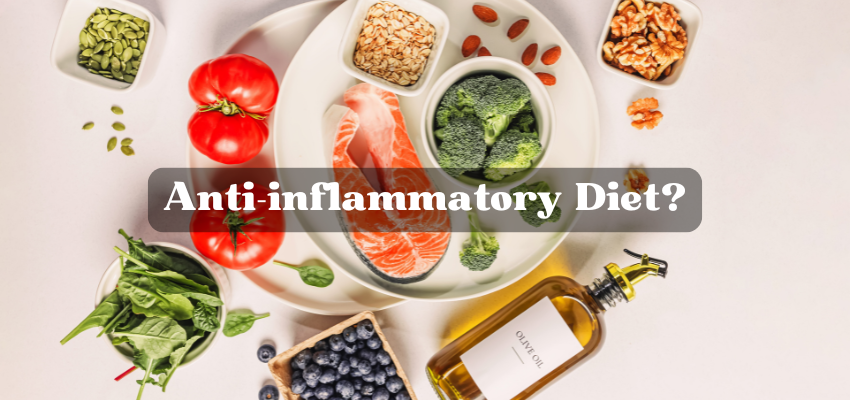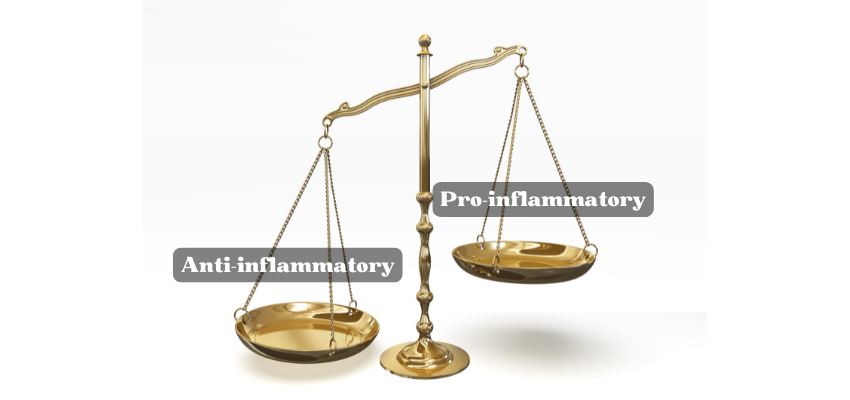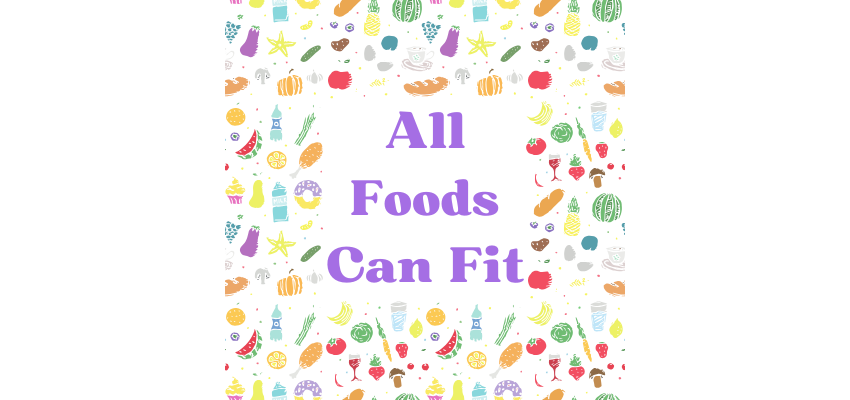The Blog
Myth-busting: Anti-inflammatory Diet

What even is an anti-inflammatory diet?
The exact definition of a specific anti-inflammatory diet still needs clarifying. This is because studies looking at anti-inflammatory diets are often inconsistent. However, there are a couple of dietary patterns that consistently show up in research. One is the Mediterranean diet, which has many benefits including reducing inflammatory markers. The main features of the Mediterranean diet are a high intake of wholegrains, fruit and vegetables, nuts, legumes, olive oil and fish, while reducing intake of ultra-processed foods (UPFs)
Will an anti-inflammatory diet help me?
As is often the case, it depends. Aiming for a more anti-inflammatory diet like the Mediterranean diet is a pretty safe recommendation and most people would benefit from it. It has been shown to reduce inflammation, reduce pain, improve HbA1c, cholesterol levels, fatigue, osteoarthritis and other disease outcomes.
But, there’s also a lot of misinformation out there about anti-inflammatory diets, which can be confusing, especially since they often contradict each other. So, I’m going to bust some of these myths for you.
Myth 1: You need to cut out gluten, soy, dairy, and X, Y, Z
Gluten, soy and dairy aren’t pro-inflammatory for most people, unless you have an allergy or intolerance. While, yes, there are some foods that are more inflammatory than others, it’s more important to look at your diet as a whole. Think of it like a scale, if you have an even amount in both sides, it won’t tip either way, it stays balanced. But if you add extra to one side it’ll tip in favour of that side. In this case, one side of the scale is pro-inflammatory foods and the other is anti-inflammatory foods. You just need to tip the scale towards the anti-inflammatory side, rather than it being an all or nothing approach. So, the focus should be adding in more anti-inflammatory foods, crowding out the pro-inflammatory foods, rather than completely removing them.

Myth 2: You need to cut out all processed foods, but not supplements
It’s so common to see on social media these influencers telling you not to eat processed foods but then to be recommending and taking supplements. If someone tells you to cut out entire food groups and then tries to sell you a supplement, run. Unless you have a deficiency or have been told by your doctor or dietitian to take a supplement, it’s likely unnecessary.
Also, all food is processed. Picking an apple off a tree is a process. Washing you’re spinach is a process. There is no such thing as unprocessed food, however, there are minimally processed foods, UPF’s, and foods that sit in between. There are also lots of processed foods that make eating well easier, especially when you’re a spoonie or just short on time, like microwave rice packets and tinned tuna. So, remember, processed foods can still be part of a healthy diet. Think about what you can add in, rather than subtract.
Myth 3: The AIP Diet
One diet going around on social media is the Autoimmune Protocol (AIP) Diet. The AIP diet consists of three phases. First an elimination phase which is a very strict paleo style diet restricting anything that could possibly trigger an immune response, and even some medications. Second, a very gradual reintroduction phase and finally a maintenance phase.
There are very few studies on the AIP diet, and they have mixed results. One of the main takeaways from them, is that if you are going to try the AIP diet, it needs to be supervised by a Dietitian. This is due to how strict it is and the potential for adverse effects. It’s also not for everyone, such as those with a history of eating disorders.
This isn’t a diet I would recommend at this stage, and if you are going to try any sort of elimination diet, please see a Dietitian.

So, what do I do?
If you want to try an anti-inflammatory dietary pattern, these are my general recommendations:
- Increase
- Fruit and vegetables
- Wholegrains
- Nuts and seeds
- Legumes
- Healthy, unsaturated fats like olive oil and avocado
- Include herbs and spices
- Have a moderate intake of animal products
- Reduce
- simple carbs, UPFs, saturated fats and alcohol
Remember, focus on your overall diet. You don’t need to cut out any foods, just tip the scales in the right direction, and think addition not subtraction. Healthy eating does not need to be an all or nothing approach, balance is the goal.
If you would like some help with an anti-inflammatory diet, book a free discovery call with me.
🩷Emma
Comments will load here
Be the first to comment